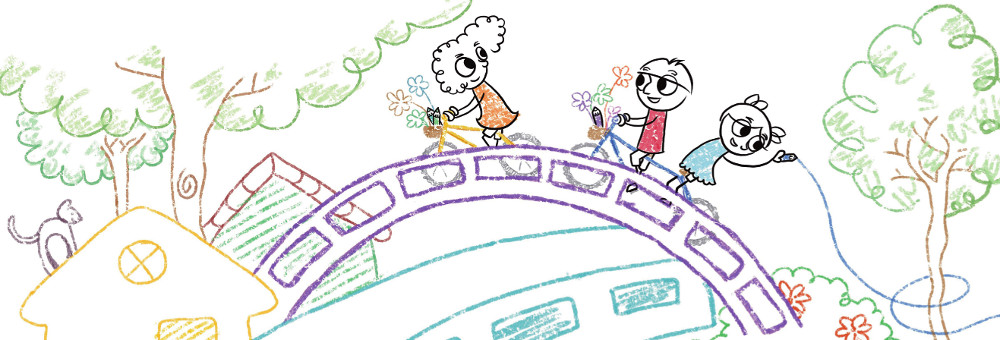Usability tests with children is similar www.privatehousesales.biz in many respects to user friendliness testing with adults. To get the most from the sessions, and ensure the child is usually comfortable and happy, there are some differences that you must be aware of.
Stress of recent people and surroundings
Youngsters are far more probably than adults to find coming across new locations and people demanding. You should always bear in mind this, thus try to find several ways as is feasible to relax your child. Some things you might do are:
– Allow a substantial period of time — at least 10 minutes — to meet the kid. This is critical in placing them relaxed before beginning the session. A lot of easy what you should talk about may be computer games, cartoons, sports or school. Looking to make all the equipment used during the appointment match what the child uses at home/school (phone up their parents/teachers beforehand to check). — Try to become as comforting and reassuring as possible. It’s especially important for making it apparent to the kid that you want all their views on this website and that you aren’t testing them. – Plan for the fact that younger children might prefer the parents to be in the tests room with them. Be sure that parents realize that they should avoid the child’s line-of-sight and not support or distract them.
Asking for support
Youngsters are far more used to asking for — and receiving – help than adults, so it’s very important meant for the moderator to:
– Plainly explain at the beginning of the test you want the child to use the site by themselves – Generate a endured effort to deflect such questioning throughout the session by itself
Specific manners of deflecting questions consist of:
– Answering a question with a concern (e. g. What do you believe you should do now? ) — Re-stating that you might want the child to work with the site by themselves – Requesting the child to obtain one last g’ before you will leave your site and go to something else
Children get tired, bored stiff and disappointed more easily
Children (especially of ten years younger ages) are much less inclined — and/or ready – to use themselves to a single task for a long term period. A few ways to job around this will be:
— Limiting consultations to 1 hour or not as much. – Spending short gaps during classes if the kid becomes tired or cascarrabias. – Making certain sessions cover the intended tasks/scenarios in a different purchase – this will make sure that a similar scenarios are generally not always examined by exhausted children, exactly who are less going to succeed/persevere. – Asking the kid for help so as to provide associated with motivation (e. g. requesting ‘Could you please understand for me methods to… ‘, or by truly pretending not to be able find/do something at the site). – Keeping up a stable stream of encouragement and positive remarks (“You’re doing really well and telling all of us lots of valuable things — it will actually help make this website better. Keep it up! “).
The importance of non-verbal tips
Kids can’t often be relied upon to verbally articulate their thoughts/feelings, either due to their:
— Not being state enough – Being shy – Unwilling to say the incorrect thing and displease a grown-up – Declaring things they don’t believe that just to please the adult
This makes it particularly important that the functionality expert end up being sensitive to children’s nonverbal cues, including:
– Sighs – Smiles — Frowns — Yawns — Fidgeting — Laughing – Swaying — Body point of view and posture
Physical differences
A couple of incredibly obvious – but very easily forgotten — differences which will need to be taken into account are:
– Chair and desk settings – Make sure you have got a chair/table setting that enables the child to comfortably use a equipment during the session. – Microphone ranking – Kids tend to have noise-free voices than adults, hence microphones needs to be placed a bit nearer for the participant than normal.
Levels of literacy and understanding
It is critical to ensure that a session’s participant has an correct understanding of the scenario currently being presented to them. Some ways to make this happen include:
– Asking participants to re-phrase scenarios/goals in their unique words. – Asking members to do it again a situation (i. age. what they are planning to achieve) if the task went on long and you think they may currently have forgotten that.
